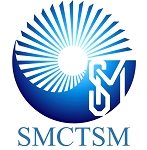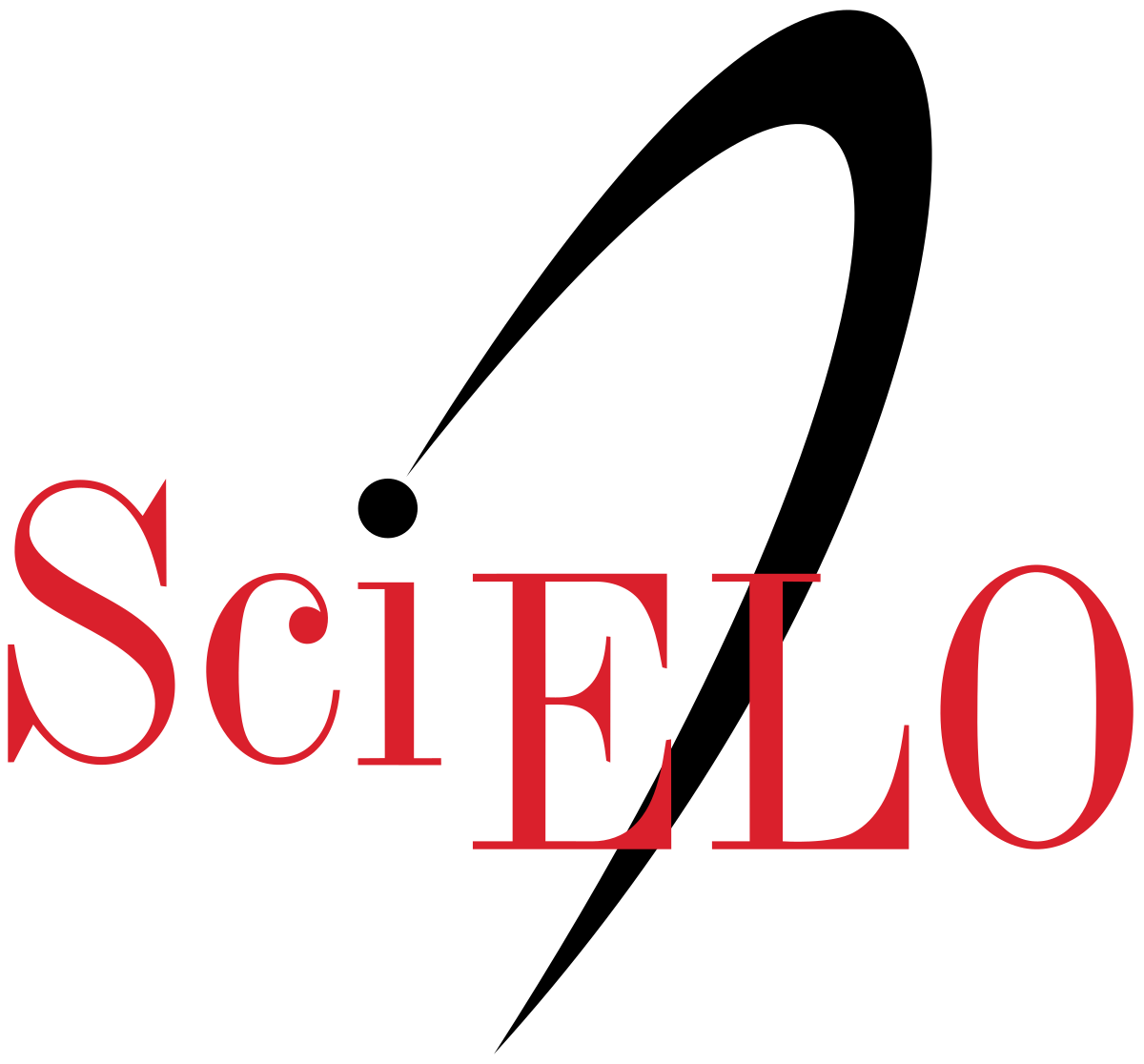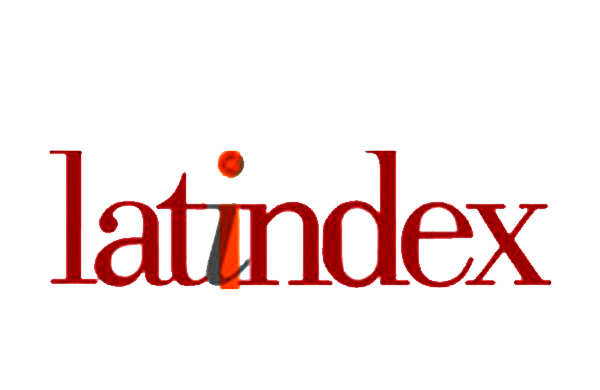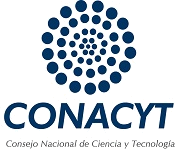Study of electronic and optical properties of Sm3xY3(1-x)Ba5Cu8O18 superconductor using the LAPW+lo method
DOI:
https://doi.org/10.47566/2024_syv37_1-240601Keywords:
Density of electronic states; Sm3xY3(1−x)58; f-orbitals; Optical conductivity.Abstract
This work presents a calculation of the electronic and optical properties of the family of high critical temperature superconductors (Tc > 90 K) Sm3xY3(1-x)Ba5Cu8O18 (Sm3xY3(1-x)58), para 0 < x < 1, as well as those of Y1Ba2Cu3O7 (Y123) and those of Sm1Ba2Cu3O7 (Sm123), carried out using the first principles method LAPW+lo (linearized augmented plane wave + local orbitals), within the DFT theory (density functional theory). The Density of Electronic States (DOS) and optical conductivity are calculated for four crystal structures generated by varying x (for x = 0; 1/3; 2/3; 1). The objective was determined. DOS (partial and total) and optical conductivity at low energies. In particular the effect of the f orbitals of Sm near the Fermi energy (Ef). It was found that by substituting Sm atoms for Y atoms, the total DOS is affected around Ef due to the contribution of the Sm f orbitals. When the system has two atoms of Y and one of Sm (Sm1Y258). The value of the total DOS in the Ef increases 547% with respect to the compound Y358. When the system has 2 atoms of Sm and one of Y (Sm2Y158), the value of the total DOS in the Ef increases 1043% with respect to the compound Y358. While in the case of Sm358, it increases 1432%. For Sm123 and Sm358 the optical conductivity presents a peak near the origin. While for Y358 it does not present any peak in conductivity and presents very low values near the origin. For the cases x = 1/3 and 2/3 we find that the conductivity is modified near the origin. The highest value occurs for the system containing two Sm atoms, this was at 0.14 eV.
References
. J.G. Bednorz, K.A. Müller, system. Z. Phys., B Condens. Matter 64, 189 (1986).
https://doi.org/10.1007/bf01303701
. F. Puch-Ceballos, J. Aguilar-Sánchez, H. Tototzintle-Huitle, Superficies y Vacío 26, 84 (2013).
https://www.scielo.org.mx/scielo.php?script=sci_arttext&pid=S1665-35212013000300003
. M. Yi, Y. Zhang, Z.-X. Shen, D. Lu, NPJ Quantum Mater. 2, 57 (2017).
https://doi.org/10.1038/s41535-017-0059-y
. P. Udomsamuthirun, T. Kruaehong, T. Nilkamjon, S. Ratreng, J. Supercond. Nov. Magn. 23, 1377 (2010).
https://doi.org/10.1007/s10948-010-0786-9
. A. Aliabadi, Y.A. Farshchi, M. Akhavan, Phys. C: Supercond. Appl. 469, 2012 (2009).
https://doi.org/10.1016/j.physc.2009.09.003
. U. Topal, M. Akdogan, J. Supercond. Nov. Magn. 25, 239, (2012).
https://doi.org/10.1007/s10948-011-1285-3
. H. Khosroabadi, M. Rasti, M. Akhavan, Phys. C: Supercond. Appl. 497, 84, (2014).
https://doi.org/10.1016/j.physc.2013.11.010
. S. Gholipour, V. Daadmehr, A. Rezakhani, H. Khosroabadi, F.S. Teh-rani, R.H. Akbarnejad, cond-mat.supr-con, 0893, (2011).
https://arxiv.org/abs/1110.0893
. U. Topal, M. Akdogan, H. Ozkan, J. Supercond. Nov. Magn. 24, 2099 (2011).
https://doi.org/10.1007/s10948-011-1176-7
. C.A. Parra Vargas, C.C. Canaría-Camargo, J. Roa-Rojas, J. Albino-Aguiar, Rev. Acad. Colomb. Cienc. Ex. Fis. Nat. 45, 83 (2021).
https://doi.org/10.18257/raccefyn.1163
. U. Guerrero, A.M. Morales-Rivera, J.A. Gómez Cuaspud, J. Munevar, C.A. Parra-Vargas, Mater. Res. 24, 1980 (2021).
https://doi.org/10.1590/1980-5373-MR-2020-0366
. S. Kutuk, S. Bolat, AIP Conf. Proceed. 2042, 020033 (2018).
https://doi.org/10.1063/1.5078905
. S. Kutuk, S. Bolat, J. Mater. Sci. 57, 1198 (2022).
https://doi.org/10.1007/s10853-021-06697-1
. A. Tavana, M. Akhavan, Eur. Phys. J. B 73, 79 (2010).
https://doi.org/10.1140/epjb/e2009-00396-7
. D. Landínez Téllez, M. Cabrera Baez, J. Roa-Rojas, Mod. Phys. Lett. B 26, 1250067 (2012).
https://doi.org/10.1142/S0217984912500674
. A. Wilson, Acta Cryst. A 44, 715, (1988).
https://doi.org/10.1107/S0108767388004933
. P. Blaha, K. Schwarz, G.K.H. Madsen, D. Kvasnicka, J. Luitz, R. Laskowski, F. Tran, L.D. Marks, User’s Guide WIEN2k 23.1 (Release Jan 16th, 2023).
http://www.wien2k.at/reg_user/textbooks/usersguide.pdf
. J.P. Perdew, K. Burke, M. Ernzerhof, Phys. Rev. Lett. 77, 3865, (1996).
https://doi.org/10.1103/PhysRevLett.77.3865
. L. Vegard, Z. Phys. 5, 17, (1921).
https://doi.org/10.1007/BF01349680
. A.R. Denton, N.W. Ashcroft, Phys. Rev. A 43, 3161, (1991).
https://doi.org/10.1103/PhysRevA.43.3161
. C. Ambrosch-Draxl, J.O. Sofo, Comput. Phys. Commun. 175, 1 (2006).
https://doi.org/10.1016/j.cpc.2006.03.005
. G. Guo, W. Temmerman, Phys. Rev. B 41, 6372, (1990).
https://doi.org/10.1103/PhysRevB.41.6372
. P. Blaha, K. Schwarz, F. Tran, R. Laskowski, G.K. Madsen, L.D. Marks, J. Chem. Phys. 152, 074101 (2020).
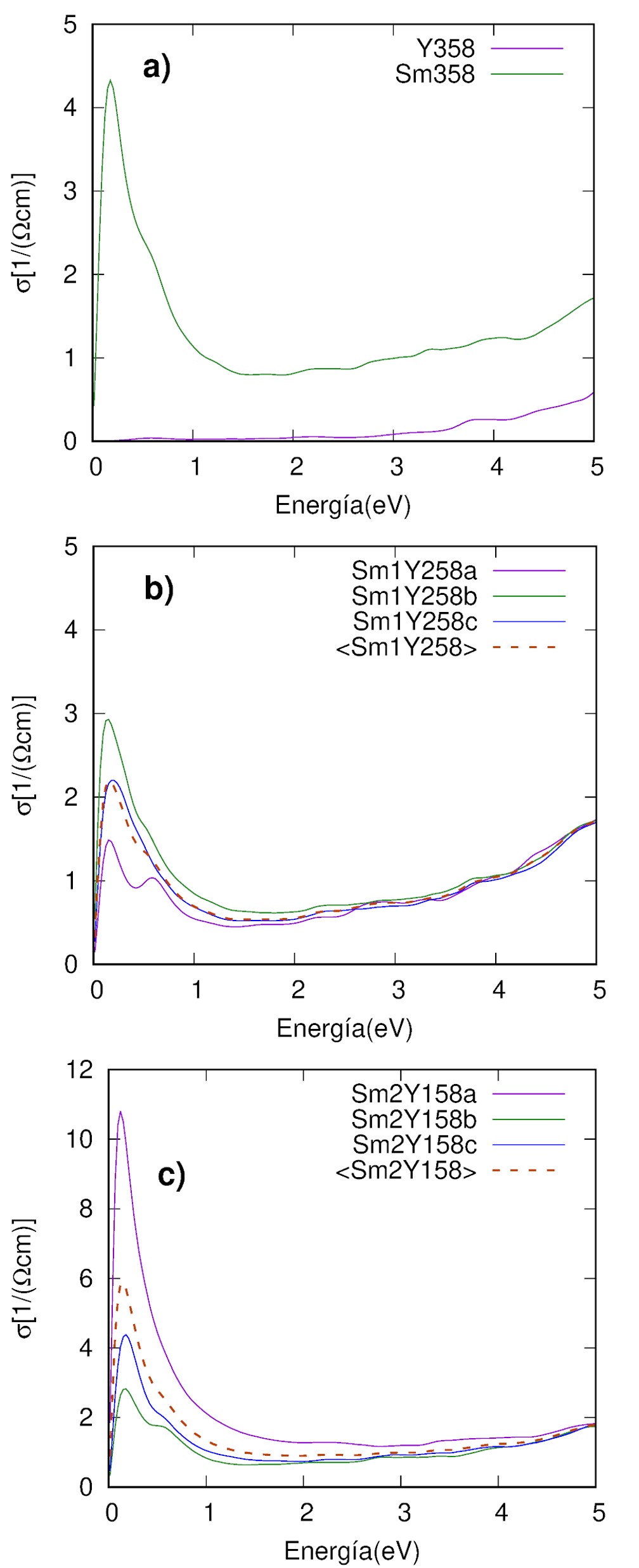
Downloads
Published
Issue
Section
License
Copyright (c) 2024 The authors; licensee SMCTSM, Mexico.

This work is licensed under a Creative Commons Attribution 4.0 International License.
©2025 by the authors; licensee SMCTSM, Mexico. This article is an open access article distributed under the terms and conditions of the Creative Commons Attribution license (http://creativecommons.org/licenses/by/4.0/).

